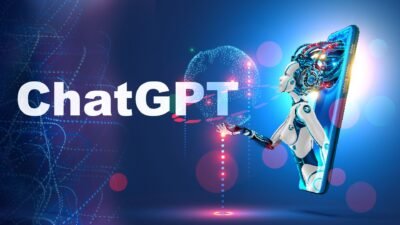Most Common use cases where machine learning can make a big difference

The modern innovation of machine learning has helped us enhance industrial and professional processes and everyday life processes. But what exactly is machine learning? It is a subset of artificial intelligence, focusing on using statistical techniques to build intelligent computer systems. Currently, machine learning has applications in multiple fields and industries such as medical diagnosis, image processing, prediction, classification, learning association, regression, etc. Intelligent systems developed using machine learning algorithms learn from experience or historical data.
These applications provide results based on experience. Hence, organizations across the world have embraced machine learning, and in turn, it has opened up several career opportunities for professionals in this field. Professionals can have a lucrative career in machine learning by upskilling themselves by pursuing a course or program from a big data institute. If you still are not convinced about machine learning’s enormous potential, we discuss five common use examples of machine learning in this article.
- Online search:
Search engines are our doors to the internet. The process of typing a query in the search box and the search engine delivering the results may look like a simple process. However, there is plenty that goes behind the stage. Perhaps search engines are the most common use of machine learning as Google and its competitors constantly improve what the search engine understands. Every time you search on Google, the program studies how you respond to the results. If you click the top result and stay on that web page, the system assumes you got the information you were looking for, and the search was a success. When you click on the second page of results or type in a new search string without clicking any of the already mentioned results, the system understands that the search engine didn’t deliver the results you wanted. The program can then learn from that mistake. And it can improve so that it offers a better result in the future.
- Personal safety:
When we are boarding a flight or attending a public event, waiting in long security screening lines eats our significant time. These lengthy and time-consuming security checks can become hassle-free by embracing machine learning. Machine learning can help eliminate false alarms and spot things human screeners might miss in security screenings at airports, stadiums, concerts, and other venues. Thus, it can speed up the process significantly and, at the same time, can increase safety at events.
- Stock market predictions:
Many people strive to make accurate stock market predictions. However, making stock market predictions is a tough challenge as it involves processing a massive amount of information and factoring in multiple aspects that can impact the outcomes. The limitations of humans do not apply to machine learning. Hence, machine learning algorithms are getting closer to accurate predictions all the time. Several prestigious trading firms use proprietary systems to predict and execute trades at high speeds and high volume. The proprietary systems bank on probabilities. However, firms can carry even a relatively low probability trade at a high enough volume or pace and make huge profits. And humans can’t possibly compete with machines when it comes to consuming vast quantities of data or the speed with which they can execute a trade.
- Fraud detection:
Machine learning is upping the ante at spotting potential cases of fraud across several fields. Machine learning’s ability to sniff potentially fraudulent activity better than humans has resulted in organizations embracing ML to detect fraud. PayPal, for example, is using machine learning to combat money laundering. The company uses tools that compare millions of transactions and distinguishes between legitimate and fraudulent transactions between buyers and sellers.
- Image recognition:
Image recognition is a common use of machine learning. There are several situations where we can classify the object as a digital image. In a black and white photo, the intensity of each pixel serves as one of the measurements. In coloured images, each pixel provides three measurements of intensities in three different colours – red, green, and blue (RGB).
Organizations are using machine learning for face detection in an image as well. There is a separate category for each person in a database comprising millions of people. In recent times, organizations have used machine learning for character recognition as well. Machine learning recognizes handwritten as well as printed letters. We can slot a piece of writing into smaller images, with every image having a single character.
Digital marketing enthusiast and industry professional in Digital technologies, Technology News, Mobile phones, software, gadgets with vast experience in the tech industry, I have a keen interest in technology, News breaking.












